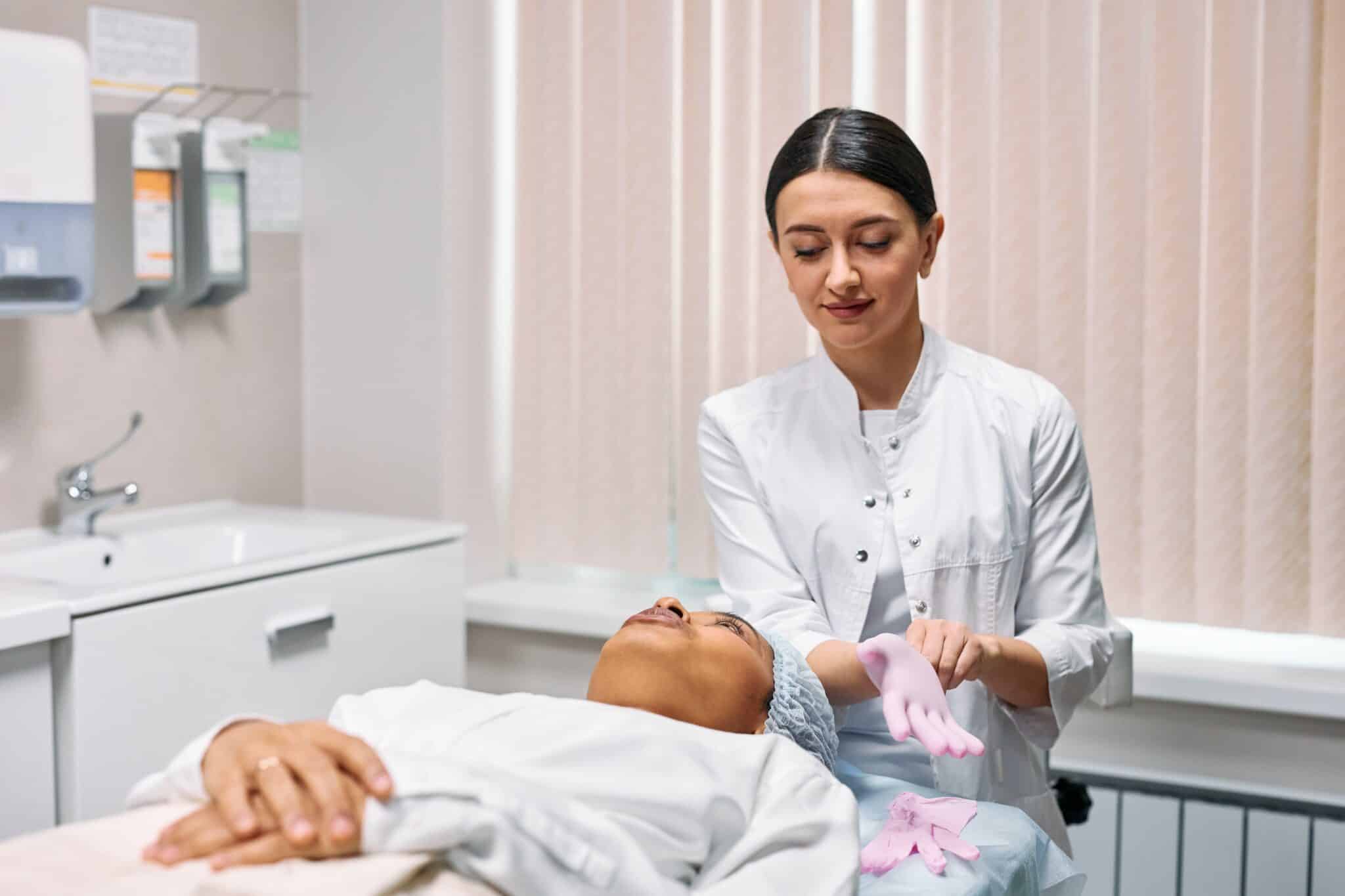Salivary stones, also known as sialoliths, are hardened mineral deposits that form in the salivary glands.
The vast majority of salivary stones (84%) are located in the submandibular gland. However, less commonly, they can be found in the parotid glands, the sublingual glands (under the tongue), and the minor glands inside the cheek or lips.
While many salivary stones can be treated conservatively, some require removal with a minimal surgical procedure.
Causes and Symptoms of Salivary Stones

The exact cause of sialoliths is unknown. However, several factors seem to be associated with their development. They include:
- Dehydration from lack of fluids or taking certain medications
- Dry mouth
- Smoking
- Gum disease
- Trauma to the mouth
They are most likely to affect people between the ages of 30-60, and men seem more likely to develop salivary stones than women.
Symptoms of salivary gland stones may include swelling of the gland, pain or discomfort in the area, and in some cases, lead to am infection.
If you have these symptoms, imaging studies such as CT scans and ultrasounds can help your doctor make an accurate diagnosis.
Surgery and Other Treatment Options for Salivary Stones
Sometimes stones will come out on their own. Applying moist heat and gently massaging the salivary gland may help to dislodge it or at least reduce pain. Similarly, staying hydrated and taking over-the-counter pain medications like Advil can help relieve your symptoms as well. If you have an infection, your doctor will likely write you an antibiotic prescription that you can pick up at Central Ave Pharmacy or other drugstores in Albany County.
If surgery is required, it is generally with a procedure known as sialendoscopy. This is a minimally invasive procedure that extracts the stones by making a small incision inside the mouth. It’s usually performed under general anesthesia, and recovery is incredibly quick. No stitches are required, nor should you experience lingering pain.
Larger stones may require an additional surgical procedure along with the sialendoscopy that necessitates two weeks of recovery time.
For more information or to schedule an appointment with one of our specialists, contact Albany ENT & Allergy Services today.
[related-posts]